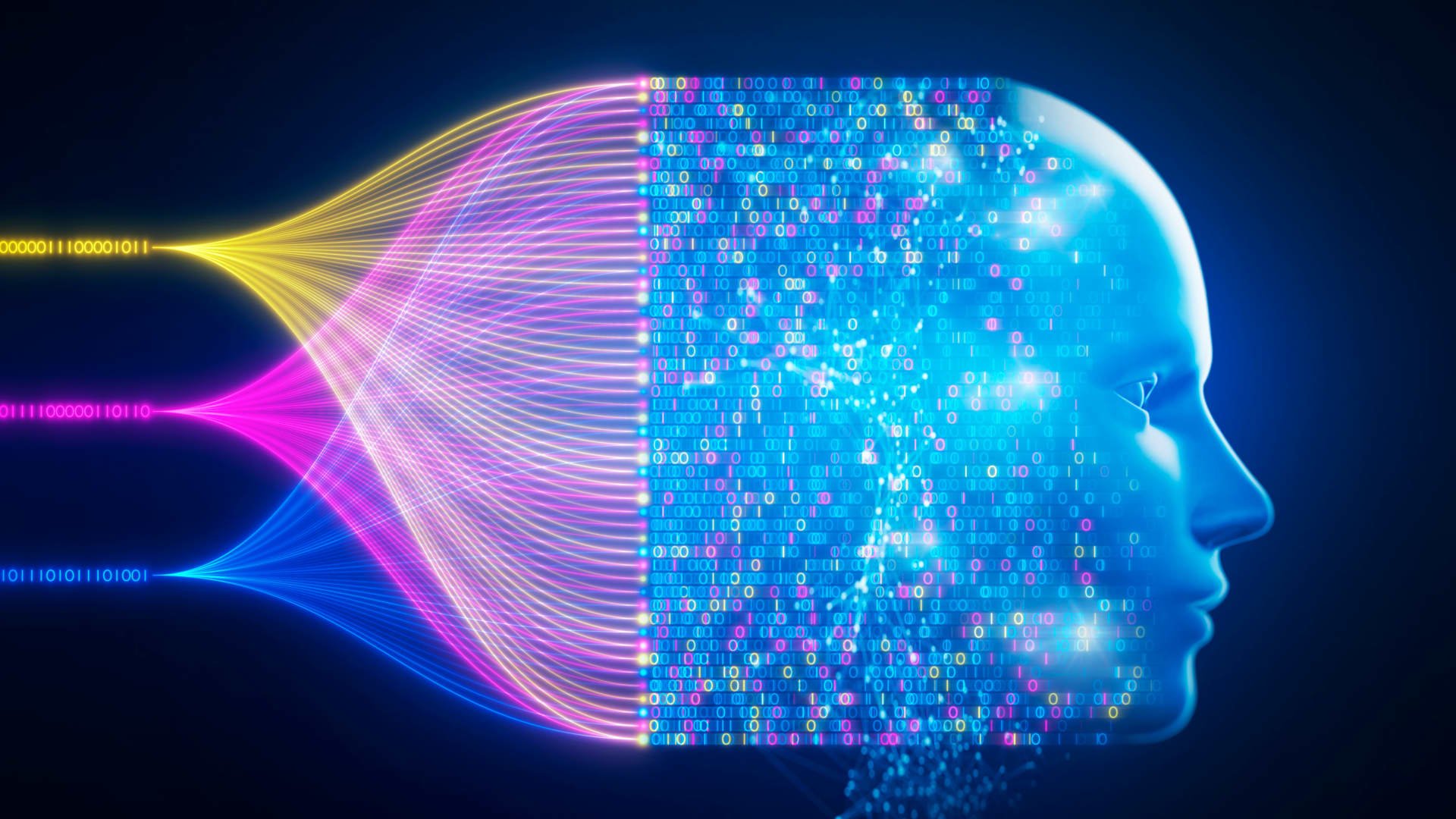Imagine a world where technology can remove clothing from photos with just a click. Sounds like something out of a sci-fi movie, right? But here's the twist—it's already here, and it's called Undress AI. This groundbreaking yet controversial technology has sparked heated debates around privacy, ethics, and the future of digital tools. So, buckle up, because we're diving deep into the world of Undress AI, and trust me, it's going to be one wild ride.
Now, before you start panicking or get too excited, let's break it down. Undress AI isn't your average app or software; it's a complex system that uses artificial intelligence to manipulate images. While it might sound cool on the surface, the implications are massive, especially when it comes to consent and personal boundaries. We're talking about tech that can literally undress someone in a photo without their permission. Yeah, it's that serious.
But why should you care? Well, if you're someone who values privacy, understands the importance of digital consent, or just wants to know what's going on in the tech world, this article is for you. We'll cover everything from how Undress AI works to the ethical dilemmas it presents. So, grab your favorite drink, sit back, and let's unravel the mysteries of this controversial technology.
- The Zanuck Dynasty Hollywood Royalty Family Legacy Explored
- Trevor Marissa Lawrence Love Story Baby More
What Exactly is Undress AI?
Undress AI is a type of software that uses deep learning algorithms to manipulate images. Specifically, it's designed to remove clothing from photos, creating a new image that appears as if the subject is undressed. Sounds simple enough, but the technology behind it is anything but simple. It relies on advanced neural networks that have been trained on massive datasets of images, allowing it to "understand" how clothing fits and how human anatomy looks beneath it.
How Does Undress AI Work?
Here's the basic breakdown: the software uses a combination of image recognition and generative adversarial networks (GANs) to analyze and reconstruct images. GANs are like two rival teams— one generates the image, and the other critiques it, pushing the system to improve over time. This process allows Undress AI to create realistic, albeit digitally altered, images.
But here's the kicker— the more data it has, the better it gets. That means the more images it processes, the more accurate its results become. And while that might sound impressive from a tech standpoint, it also raises some serious concerns about where all this data is coming from and how it's being used.
- Lovely Mimis Net Worth 2024 Earnings Success Secrets
- Francesca Eastwoods Dating History Scandals Arrests More
The Origins of Undress AI
Like most controversial tech, Undress AI didn't just pop up overnight. It's part of a larger trend in AI development that focuses on image manipulation. The technology has its roots in research labs and universities, where scientists were experimenting with ways to improve image processing and recognition. But somewhere along the line, someone realized that these same tools could be used for more... creative purposes.
Who Created Undress AI?
Now, here's where things get murky. The exact origins of Undress AI are a bit hazy, and that's intentional. Many of these tools are developed by anonymous developers or small teams who prefer to stay under the radar. Why? Because they know the potential backlash that comes with creating something this controversial. But one thing's for sure— the demand for this kind of tech is real, and it's growing.
Why is Undress AI Controversial?
This is the million-dollar question, isn't it? Undress AI is controversial for a whole host of reasons, but it all boils down to one thing: consent. Imagine waking up one day to find a photo of yourself circulating online, only to realize that someone has used Undress AI to alter it. That's not just creepy; it's invasive, and it raises serious questions about how we protect our digital identities.
The Privacy Debate
Let's talk about privacy for a second. In today's digital age, we're constantly sharing photos and information online. But with tools like Undress AI, that information can be twisted and manipulated in ways we never imagined. It's not just about protecting our own privacy; it's about protecting the privacy of everyone around us. After all, you might think twice before posting a photo of a friend if you knew it could be used to create something they didn't consent to.
Undress AI and the Law
So, where does the law stand on all this? Well, it's complicated. Right now, there aren't many specific laws that address image manipulation technology like Undress AI. Most countries have laws against non-consensual pornography, but those laws were written before AI tools like this existed. That means there's a bit of a gray area when it comes to enforcement.
Legal Challenges
Here's the thing— the legal system is always playing catch-up with technology. By the time laws are written to address new tech, the tech has already evolved. That's why it's so important for lawmakers to stay informed about developments like Undress AI. But even if laws are put in place, enforcement can be tricky, especially when it comes to anonymous developers and decentralized networks.
The Ethical Implications of Undress AI
Beyond the legal issues, there are serious ethical concerns surrounding Undress AI. At its core, this technology challenges our ideas about consent, privacy, and digital rights. It forces us to rethink how we interact with technology and what kind of tools we're willing to accept in our daily lives.
Consent in the Digital Age
Consent is a big deal, and it's something we need to talk about more often. In the context of Undress AI, consent means giving people control over how their images are used and manipulated. Without that control, we're opening the door to all kinds of abuses, from revenge porn to identity theft. It's not just about protecting ourselves; it's about respecting the rights of others.
How is Undress AI Being Used?
So, who's using Undress AI, and why? Well, that depends on who you ask. Some people use it for harmless fun, creating silly images to share with friends. Others use it for more nefarious purposes, like creating non-consensual content or impersonating others online. The truth is, the potential uses for this technology are almost limitless, and that's both exciting and terrifying.
Common Applications
- Entertainment: Some users create humorous or artistic images for fun.
- Revenge Porn: Unfortunately, this is one of the most common uses, and it's a major concern.
- Impersonation: Undress AI can be used to create fake profiles or impersonate others online.
- Artistic Expression: Some artists use the technology to create thought-provoking pieces that challenge societal norms.
Is Undress AI Legal?
Here's the short answer: it depends. In many countries, the legality of Undress AI is still up in the air. While some governments have taken steps to regulate image manipulation technology, others are still trying to figure out how to address it. That means the rules can vary widely depending on where you are and what you're using the tech for.
Regulation Around the World
Let's take a quick look at how different countries are handling Undress AI:
- United States: Laws against non-consensual pornography exist, but they don't specifically address AI tools like Undress AI.
- European Union: The EU has strict privacy laws, but enforcement can be challenging when it comes to decentralized tech.
- Asia: Some countries have taken a hard stance against image manipulation, while others are still developing regulations.
Can Undress AI Be Stopped?
This is the million-dollar question, isn't it? Can we stop Undress AI, or is it already too late? The truth is, it's going to be a challenge. As long as there's demand for this kind of tech, developers will find ways to create and distribute it. But that doesn't mean we should throw in the towel. There are steps we can take to limit its impact and protect ourselves and others from harm.
Possible Solutions
Here are a few ideas for combating the negative effects of Undress AI:
- Education: Teaching people about digital consent and the risks of sharing images online.
- Legislation: Updating laws to specifically address AI-driven image manipulation.
- Technology: Developing tools to detect and counteract image manipulation.
Final Thoughts
So, there you have it— the good, the bad, and the ugly of Undress AI. While the technology itself is impressive, the implications are serious, and they demand our attention. As we move forward in this digital age, it's up to us to decide what kind of tech we want to embrace and what we're willing to reject. So, let's have that conversation. Leave a comment, share this article, and let's work together to create a safer, more ethical digital world.
Table of Contents
- Kevin Gage The Complete Filmography Where To Watch Now
- Boosie Badazz Net Worth What Is Boosie Worth 2024 Update


